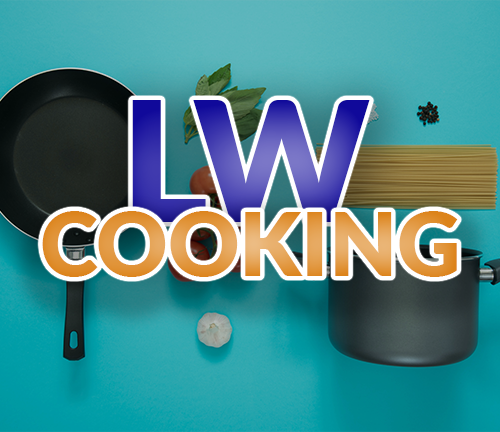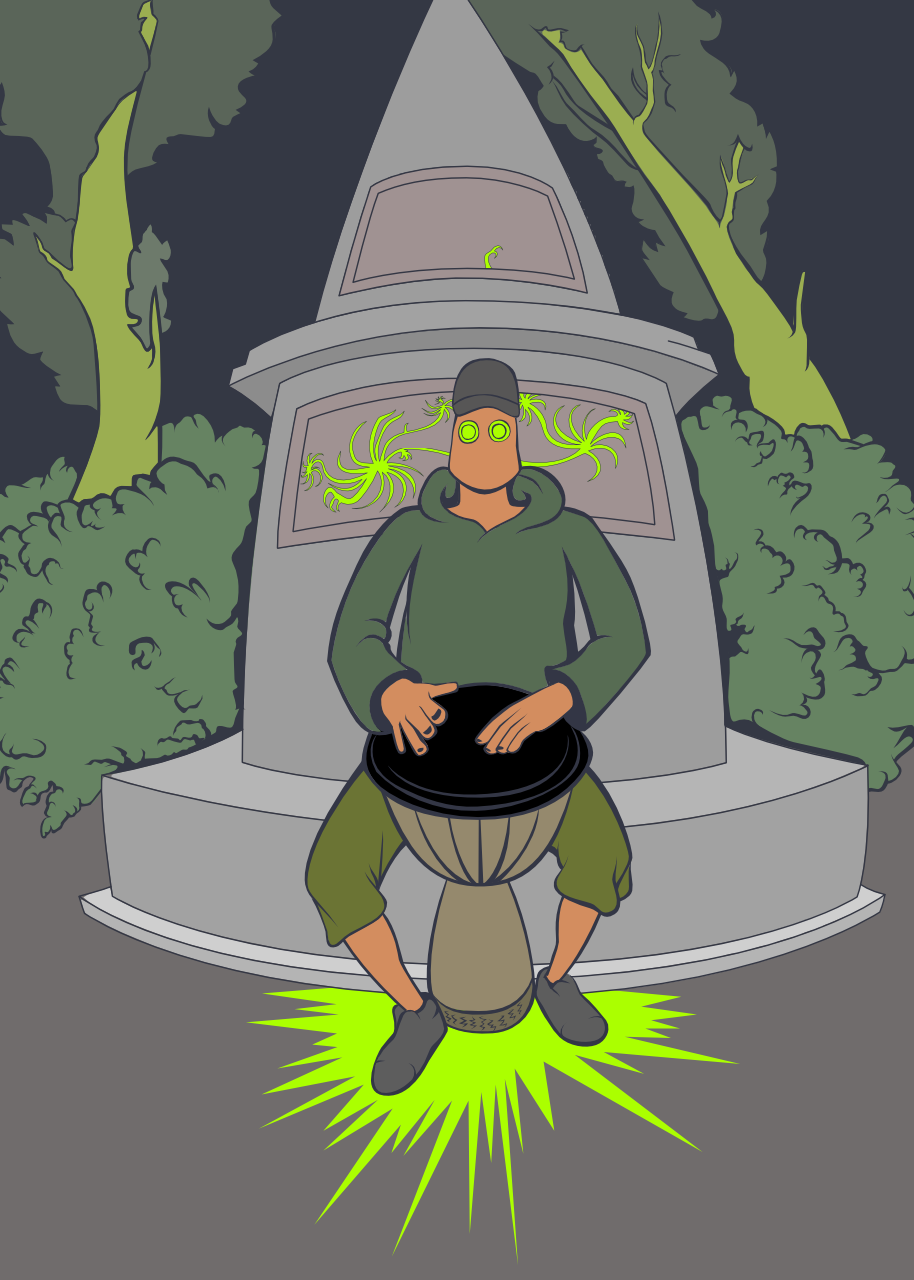I’ve been doing this for a while, but it’s a problem I’ve never solved. Dunno if it’s my crust recipe or something I need to do during construction.
The recipe is as follows:
- 1c water, 120°F
- 1 packet dry active yeast (2.25tsp)
- 1Tbsp granulated sugar
- 2Tbsp olive oil
- 3.5C white flour
- 1tsp salt
- Mix the yeast and sugar in the warm water, wait to bloom
- Add everything else and mix into dough.
- Knead, proof
- Roll out, transfer to pan
- Second proof (optional)
- Preheat oven to 425°F
- Construct pizza with favorite toppings
- Bake at 425°F for 15min or until cheese is sufficiently browned
Step 7 usually has jarred marinara, meats (except pepperoni), spices, and cheese, and all the veggies (and pepperoni) go on top.
Still, the very middle part of the pizza ends up a little doughy, just where the sauce meets the crust. The outside of the pizza is just fine, but the only thing I can think is that the sauce is adding too much water. Do I need to add a layer of oil before the sauce, or should I try to reduce the sauce before adding it? Should I reduce the temp and increase the time?
Thanks!
Edit: Everyone has had some great ideas. I’ll have plenty to try!
Lots of good advice in this thread, here’s one more that I discovered: spread the sauce thinner in the center of the pie. As the pie cooks the fluids will often pool in the center, so intentionally leaving the middle dry-ish can help compensate for that. I like my pizza really saucy, but I’ll leave the center barely wet with sauce, and that’s fine because it’s only the first couple bites of the slice anyway.
Also just mind the fluids you top the pizza with. If you’re doing pepperoni, then you really don’t need olive oil on top of that.
Good points!
A pizza stone.
A stone or steel and higher temperature+less time will help immensely. Even a preheated cast iron pan would help. (Look at specific cast iron pizza instructions, I haven’t made any)
I tend to do 500f for 6-7 minutes on a baking steel and even heavier toppings are good.
Also: what toppings? Uncooked mushrooms and pineapple are super wet, cooking them beforehand is important.
100%. Get one OP, especially if you’re going through the work of making your own dough
Used to have one, I just never replaced it when it cracked. Times were tighter back then!
They can be had for pretty cheap, really, but I prefer putting my fresh made pizzas in a cast iron skillet.
Go one tier lower from the middle rack of the oven and cook at 450 instead of 425. Make sure your pizza stone or skillet is pre heated and fully up to temp with the oven before putting in the crust you made (like, pull out the skillet from the oven, set the crust in and put back in oven.). Put a fair amount of butter or olive oil in a skillet just before laying in the dough.
Don’t use the convection setting on your oven. You want the heat to rise from under the skillet/stone. It’s also why you go to a lower rack than the middle. It gets the bottom hotter and more crispy faster.
Obviously, you’ll have to adjust your times a bit for when to put in the sauce and toppings.
A great part about using a skillet is that not only will it cook similar to a stone, the ability to add butter and oil to the bottom really adds to the crisp texture of the bottom of the crust, and if you pull out out of the oven because your toppings are all done, but you find the crust still isn’t quite crispy enough or not quite done as you’d like, you can cook it a bit more on the stove top. Your pizza game will be 200% better. I’m a huge lover of non thin crust crispy crusted pizzas and I’ve been using a stone for frozen pizzas and a skillet for my fresh made pizzas for the past 20 years.
I use a 12" cast iron. I turn the oven to 450°F (a gas stove circa 1990’s) so I heat it for a while 60 mins, and pre-heat the pan for 30mins.
Assembling the pizza in the hot pan is quick hot work, but worth it. No crust issues, even if its inferior dough.
A lot of people have mentioned getting a pizza stone or steel and cooking at higher temps, and they’re 100% right.
I just want to add that steel is definitely the way to go if it’s in the budget - specifically, steel has more thermal mass and conducts heat better than stone.
Crust crispness is entirely a function of how much heat you’re able to supply to the surface, and when baking in a standard oven (max ~500F) instead of a pizza oven (700+ F), you need all the help you can get - which means steel, preferably at least 1/4" thick.
Sticking with the tools you have, you can try preheating your pan, like you would a stone/steel, before putting the topped pizza on it.
Thanks for the advice! I had a stone once, but it cracked (from heat), and I just never replaced it. A pizza steel is something new I’d never heard of until people mentioned it in the comments, so I’ll have to look into that.
I have a double-layered, perforated pan that’s maybe 16ga altogether, but I can try preheating that.
Hotter oven. I go with 500F on a steel. 5 minutes on Bake, then Broil until the top looks good.
Broil?? That’s crazy, do you not get underdone crust and the cheese separating?
My steel is on the bottom rack. So on bake it gets very hot and cooks the bottom easily. And the distance from the broiler reduces its heat.
I’ve never eaten good pizza out of a household oven, so I’ve bought an electric pizza oven for 200 Eur.
By weight I use 60% of water compared to the flour (i. e. 500g of high protein pizza flour to 300g of water), 7g of salt and a very low amount of dry yeast. Overnight proofing in the fridge, next day I ball the dough (around 270g per pizza) and let it proof at room temp for a few hours.
Baking 3 minutes at 400°C (740F)
The investment for the oven has well paid off, as I don’t order any pizza to my home, anymore. You can freeze dough balls or use more yeast for “same day dough”.
Edit: Ah what nobody mentioned in the other comments (I think): The choice of flour makes a huuuuuge difference. Use pizza flour or at least a high protein flour (which has at least 12% of protein)
You could get pretty good results with a pizza steel. Crank the oven to max and preheat the steel for about an hour. Then you get 2 pizzas with leoparding on the bortom. After that the heat in the steel is gone and they do not turn out so great anymore.
“all the veggies” bring all the moisture. Cut back or precook the wet stuff. Go easy on the sauce.
I agree. Since I usually make the sauce myself, if I don’t cook it long enough, it may lead to moist crust. But it rarely happens anymore. Same for the toppings.





